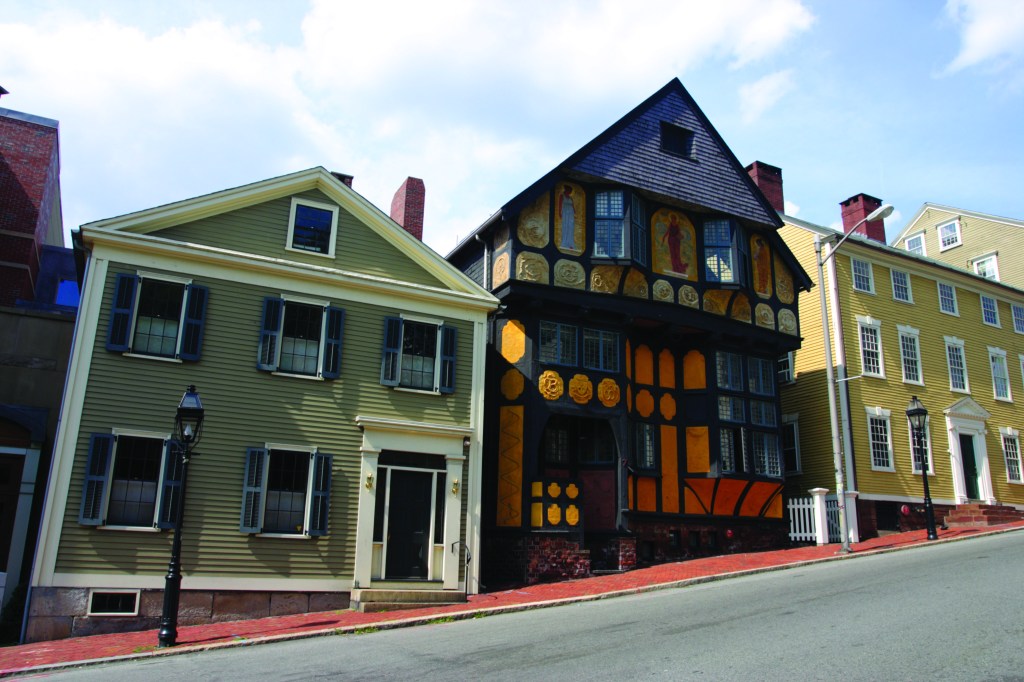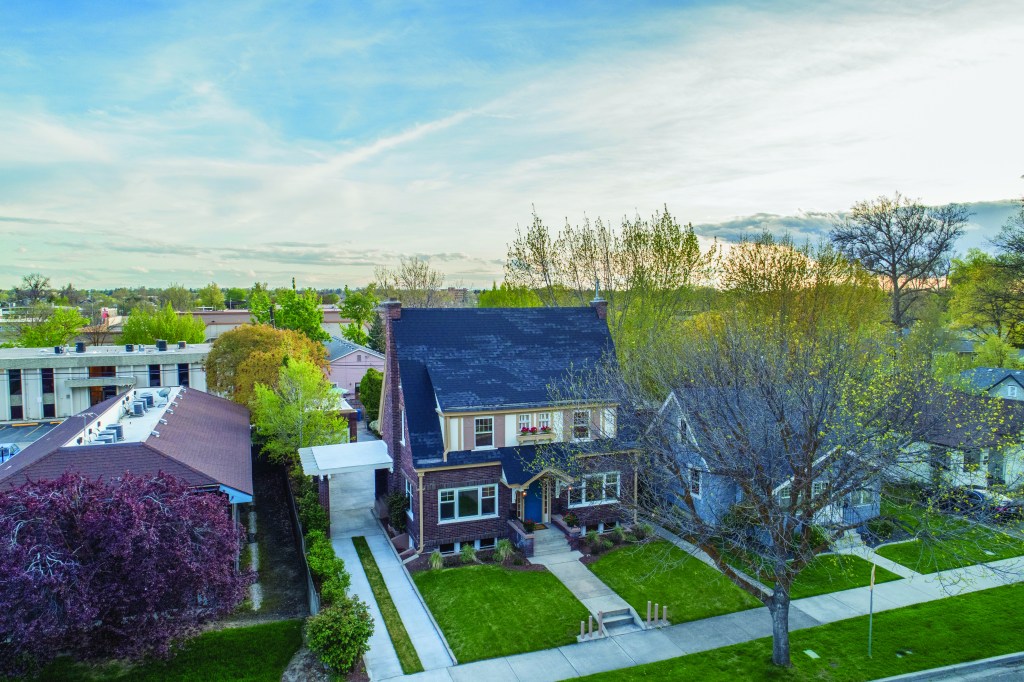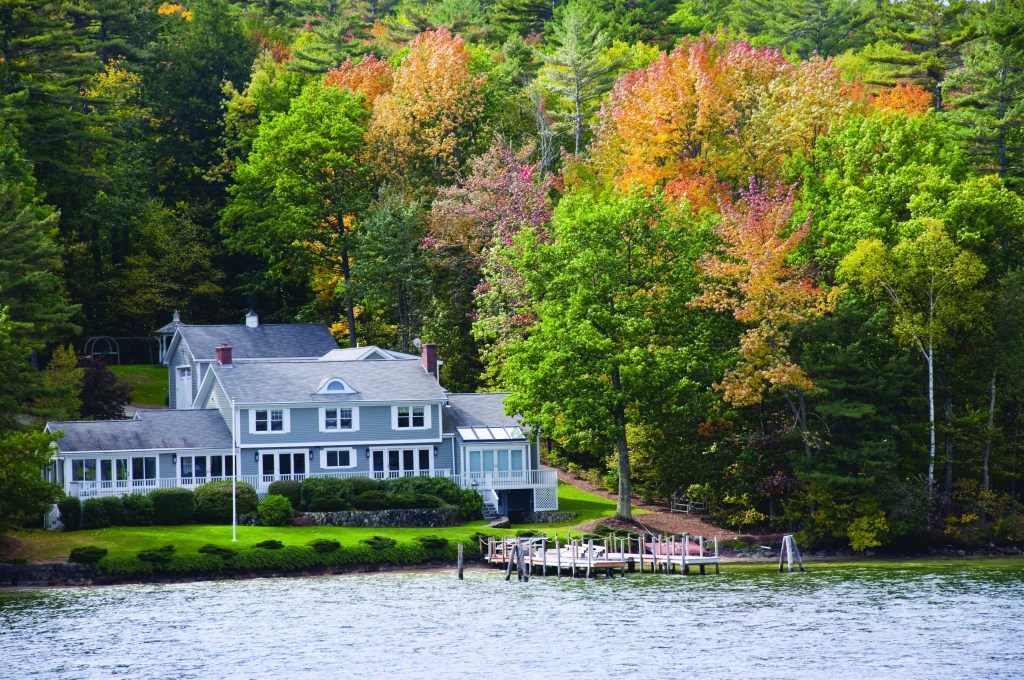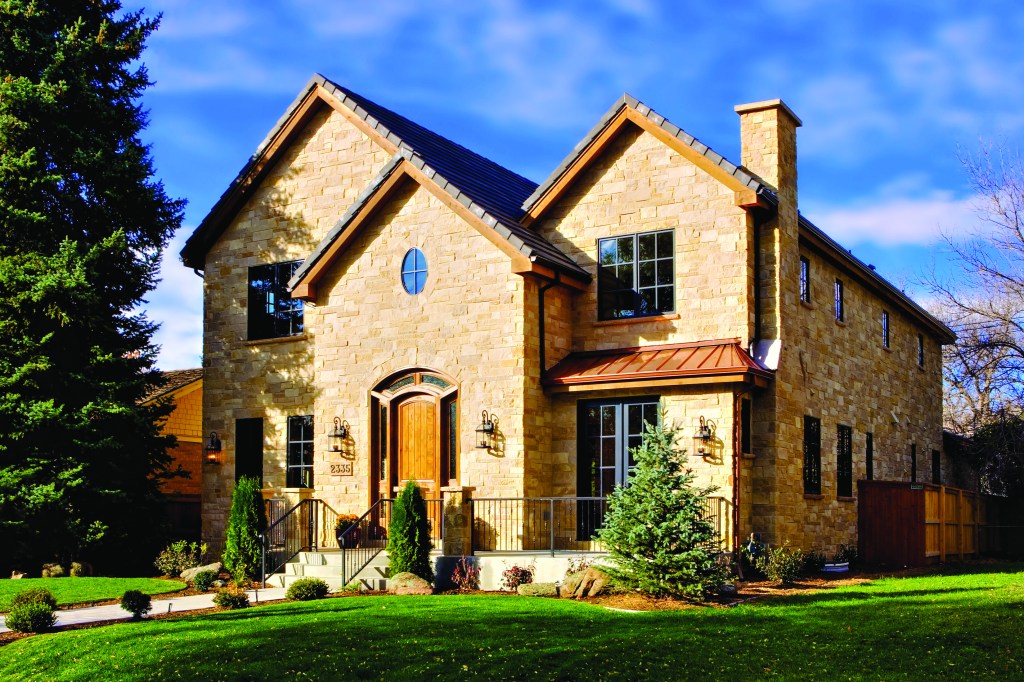Local markets spotlights 5 different areas across the country, showcasing what is uniquely happening in those housing markets. Local real estate agents, loan officers and appraisers share what characteristics are currently defining their market.

Bethesda, Maryland
Mynor Herrera is personally acquainted with escalating housing demand in the DMV (District of Columbia/Maryland/Virginia) area. “I just overpaid for a house on the water by $50,000,” said Herrera of Mynor & Associates in Bethesda. “There is tight inventory, prices soaring, and multiple bids on everything.” Last summer, Herrera said, he enjoyed a “noticeable uptick” in business as white-collar professionals in D.C. were “buying second homes like candy” in the Maryland eastern shore area. “We had people moving away from the city, when the commute was no longer an issue,” Herrera said. But in the last few months, Mynor & Associates, which is a Keller Williams-affiliated franchisee, has struggled to maintain a desired volume. “Listings,” Herrera said, “are at a premium.”

Providence, Rhode Island
The clientele for Jim DeRentis at Residential Properties changed in the past year. “For my personal business, it came predominantly from Brooklyn,” DeRentis said. “It was younger families looking for a house and a sense of community. Providence is a small city with a lot of amenities, and it is three hours from Brooklyn.” COVID just flipped the housing market “on its ear,” DeRentis said. He fielded an unusually high volume of sales from New York as well as Boston and other coastal cities. While business has generally been good, Providence-area brokers are saddled with the nationwide problem of low inventory. “Inventory is at an all-time low,” said Dean deTonnancourt, a broker at HomeSmart in neighboring Warwick. An amount of inventory on the market that could last for six months is the norm for Rhode Island, deTonnancourt said, “but we barely have a couple of months of supply on the market.”

Boise, Idaho
Idaho was the No. 1 state nationally in 2020 home appreciation, according to the Federal Housing Finance Agency. But rising home prices have done little to ease the inventory crunch. “Our sales are considerably down because of the lack of inventory,” said Steve Caporale of ACCEL Realty Partners in Boise. In February 2020, Caporale said, there were 3,500 homes on Boise’s Multiple Listings Service. In February of this year, the number was 370. “It is an extremely unique predicament,” the broker said. “There is probably too much capitalization. Too much liquidity.” When in doubt, blame (or credit!) California. “Our number one migration basis point is California,” Caporale said, adding that Bay Area families are coming to places like Boise and Sun Valley with “monopoly money.”

Wolfeboro, New Hampshire
Wolfeboro — so named for a British general in the French Indian War — is called the “oldest summer resort in America,” and it is an enclave frequented in the past by the president of France and prince of Monaco. The town of less than 7,000 permanent residents, then, serves as a litmus test for New England luxury. And the demand for homes in Southern New Hampshire is so great that it is no longer benefiting real estate agents. “In a healthy housing market there’s about 100 active listings,” said Adam Dow, head of the 14-person Dow Realty Group. In early March, Dow said that there were seven active listings in the Southern New Hampshire Multiple Listings Service. Yes, seven. Some wealthy Bostonians flocked to Wolfeboro at the pandemic’s start, Dow said. But more than a year after the pandemic hit New England, the broker doesn’t see a let-up in the imbalance between buyers and sellers. “There is still a lot of pent-up demand in the area,” Dow said.

Denver, Colorado
Obscene. Insane. Those are the words Lonnie Glessner, a senior loan officer at Draper & Kramer mortgage in Englewood, uses to describe the Denver housing market. Glessner has observed winning bids for single-family homes at “$50,000- $70,000 over list price” and “winning bids being $150,000 over list price on a $750,000 home.” Glessner fears the market could rattle homebuyers and sellers. “We must help our clients understand that the list price is not the home’s value,” Glessner said. “I have had over a dozen real estate agents tell me that you don’t know how to price a listing today because our market is insane.”
This article was pulled from the HousingWire Magazine May issue. To read the the rest of the issue, go here.






The same craziness can be said about the Portland, OR real estate market. Automatically add $50,000 to homes priced under $500,000 with large appraisal gaps or appraisal waivers. At homes over $500,000, it is not out of the norm to see bids over $100,000 higher with appraisal waivers and inspection waivers. Many realtors have never seen this much cash and large down payments. Whereas first-time homebuyers with 10% to 20% down were golden, they are having a hard time competing in this market. Many homes receive 20+ offers over a long weekend with no end in sight.